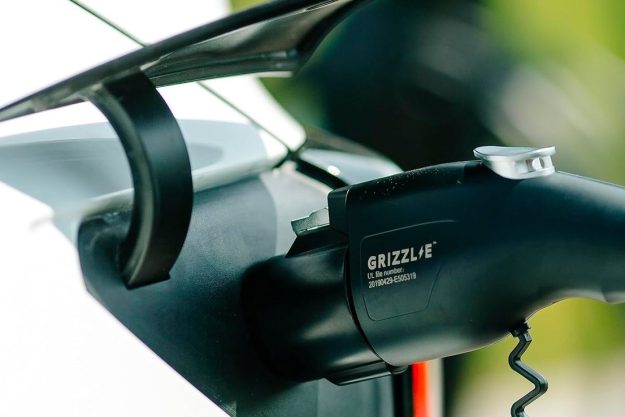Polish boutique automaker Arrinera is busy putting the final touches on the Hussarya, its first-ever model. To whet enthusiasts’ appetites, the company recently traveled to the Autosport International Show in England to introduce a race-ready version of the coupe that can be entered in FIA-sanctioned events held all over the world.
Arrinera has tossed out the street-legal Hussarya’s 8.2-liter V8 engine for cost and durability reasons, and replaced it with a 6.2-liter V8 borrowed from the General Motors parts bin. The mid-mounted eight-cylinder develops anywhere between 414 and 641 horsepower depending on its state of tune, and it spins the rear wheels via a six-speed sequential gearbox controlled with shift paddles.
Performance specifications haven’t been published yet, though Arrinera points out the Hussarya GT tips the scale at just 2,755 pounds because it’s made with lightweight materials that include aluminum, carbon fiber, and Kevlar. A race-tuned suspension setup developed by Ohlins and brake discs gripped by six-piston calipers on all four corners keep the power in check.
In its transformation from a street car to a race car, the Hussarya gained a full body kit that includes a splitter attached to the front bumper, vents on top of the front fenders, specific side skits, an air vent built into the roof, a huge air diffuser built into the rear bumper, and a massive wing out back. Arrinera promises the GT is markedly more aerodynamic than the stock Hussarya.
The cockpit has been fitted with a roll cage and stripped of all equipment deemed superfluous. All that’s left is a bucket seat, about a dozen buttons on a thin, slanted center console, a few air vents, and a multi-function steering wheel. Important information about the car and its surroundings is displayed in real-time on a color screen provided by Cosworth.
Production of the Arrinera Hussarya GT will be strictly limited. Pricing and availability have not yet been published.




